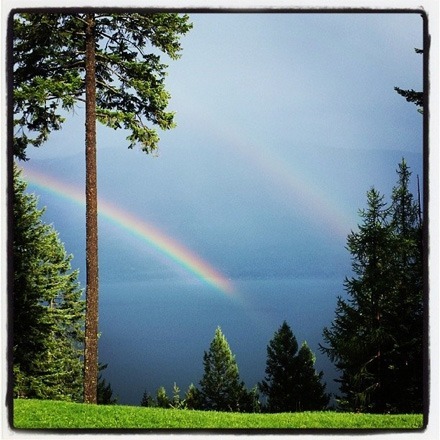Happy Hikes: Choosing and fitting your backpack
 One of the keys to a happy hike is having a well-fitting backpack. It’s hard to enjoy breath-taking views and outdoor activity if you feel like you’re hunched over giving a piggyback ride, or at all in pain. A good pack is absolutely essential hiking gear for storing your water, healthy snacks, an extra layer, and among other things. And as the spring and summer season gear up, so should we with all the right gear for our outdoor pursuits.
One of the keys to a happy hike is having a well-fitting backpack. It’s hard to enjoy breath-taking views and outdoor activity if you feel like you’re hunched over giving a piggyback ride, or at all in pain. A good pack is absolutely essential hiking gear for storing your water, healthy snacks, an extra layer, and among other things. And as the spring and summer season gear up, so should we with all the right gear for our outdoor pursuits.
But the choices for this essential bit of kit can be absolutely overwhelming. How do we choose what size, design and suspension system of pack, and how do we ensure it fits correctly? In beginning this important deciding process, consider what terrain you’ll be visiting, your activity, the volume of what you’ll be carrying, and approximate weight. Here is a guide to help out when selecting your travel partner for the trails.
Sizes of Pack
Different volumes (measured in Litres) of pack are available for different activities and body sizes.
The day pack (15-35 Litres) as the name suggests, is perfect for the small outing or day hike. With little structure or frame if any, your load is supported by shoulder straps. A waist belt helps to keep everything centered. The alpine pack (35-55 Litres) is the perfect size for overnight jaunts, or day trips where you may need a little more equipment. Weight here is beared a little more on the hipbelt. A backpacking pack (55 – 75 Litres) is designed for multi-day trips, these packs have an internal structure to help with support, and do take some of the weight off the shoulders/back and onto the hips. The expedition packs (75 Litres +) are again, as the name suggests, designed for serious expeditions.
Pack Construction
Your backpacks take a lot of abuse on the trail, being thrown down, hoisted up, and possibly even be used as a seat. You need to make sure your pack will stand up to the stress and will last a long while. Check for a durable material, especially in high use areas on the pack; chunky, good quality zippers; and tightly stitched seams that are bar-tacked at stress points.
Suspension
The purpose of pack suspension is to comfortably transfer weight to the hips and is comprised of several aspects of the pack. Shoulder straps should be designed to bear around 30% of your pack weight and should be relatively firm, yet padded. In no way should the shoulder straps pinch or chafe. Your hipbelt stabilizes the whole weight of your pack by keeping it in place, and for larger packs is the main weight-bearing area. Adjusting the suspension system to your body is imperative for a good fit. So how to fit your pack?
How to fit your pack
The first step to fitting your pack is determining your back or torso length. The size of the pack is based, on this, and not the overall size or height of the person. Find your c7 vertebra or the bump at the top of the spine/back of the neck. Tilting your head forward will allow you to find your c7 more easily. This is the top point of your measurement. Next, place your hands on your hips, fingers forward and thumbs back. This is the shelf upon which your pack will rest. Measure between these two points for your torso length, thereby determining your pack size; XS, S, M, L, etc. Keep in mind that each manufacturer’s sizing is different, so you want to use your torso length, not pack size after one measurement.
After determining your size of pack, put a bit of weight in the pack for sizing, maybe 10 – 20 pounds. Putting the straps on, settle the pack on your back, then secure the hipbelt directly over your hip ‘shelf’. The hipbelt pads should be snug enough that they are secure over the hip bones. Next, adjust your shoulder straps so that they are not touching your armpits, and are not pinching your neck. Secure your sternum strap. Last, have a walk around with your pack and adjust anything that feels unbalanced. A well-fitted pack will feel simply like you are a little heavier, like an extension of your own body, rather than something ‘on’ you. Keep in mind, if it doesn’t feel good in the initial stages, it definitely won’t feel good after hours on the trail. If in doubt; feel free to use the help of the knowledgeable staff at your local outdoor store!
How to pack your pack
Where weight is distributed in your pack will be huge for your body’s overall comfort and ability to last on the trail. Heaviest items should be placed closest to the back, with bulkier, lighter items on the bottom, outside, and top of the pack. Having a bottom-heavy pack will make you feel like you’re being dragged down, and a top heavy pack may make you feel like you’re about to topple over. Having those heavier items the closest to you will feel the most natural for your centre of gravity. Distributing weight evenly over the right and left sides will help a lot with your comfort too.
With these tips in mind, we hope you’ve found it helpful and motivating to get out there and hit the trail with your most important piece of equipment. Happy fitting and happy packing!
What is Mountain Trek?
Mountain Trek is the health reset you’ve been looking for. Our award-winning health retreat, immersed in the lush nature of British Columbia, will help you detox, unplug, recharge, and roll back years of stress and unhealthy habits. To learn more about the retreat, and how we can help you reset your health, please email us at info@mountaintrek.com or reach out below:

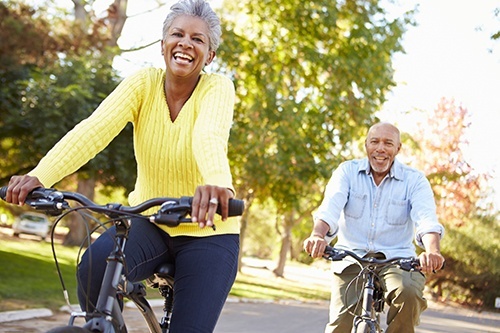 In years past, it was not uncommon to retire after a hard, lifelong career, only to kick up your feet, relax, retire perhaps to a warmer climate, and maybe get in a couple of games of weekly golf. Yet these days, with advancements in modern medicine and a swing towards healthier life habits, not only are we living longer, we’re therefore working longer. And although this ‘retire and relax’ practice is still very much par for the course for some, we are seeing a major shift in the trend for retirees: today, boomers are younger and more active, and later in their professional life are willing and wanting to take careers that matter more to them instead of making them the big bucks or raising them higher up the corporate totem pole.
In years past, it was not uncommon to retire after a hard, lifelong career, only to kick up your feet, relax, retire perhaps to a warmer climate, and maybe get in a couple of games of weekly golf. Yet these days, with advancements in modern medicine and a swing towards healthier life habits, not only are we living longer, we’re therefore working longer. And although this ‘retire and relax’ practice is still very much par for the course for some, we are seeing a major shift in the trend for retirees: today, boomers are younger and more active, and later in their professional life are willing and wanting to take careers that matter more to them instead of making them the big bucks or raising them higher up the corporate totem pole. In the middle of winter, are you feeling a little low on energy? Could be that you’ve come to your ‘D-day’, a time in the year when your Vitamin D is at an all-time low. But the good news is, this is easy to top up with a high-quality multi-vitamin and some delicious nutrient-rich foods!
In the middle of winter, are you feeling a little low on energy? Could be that you’ve come to your ‘D-day’, a time in the year when your Vitamin D is at an all-time low. But the good news is, this is easy to top up with a high-quality multi-vitamin and some delicious nutrient-rich foods!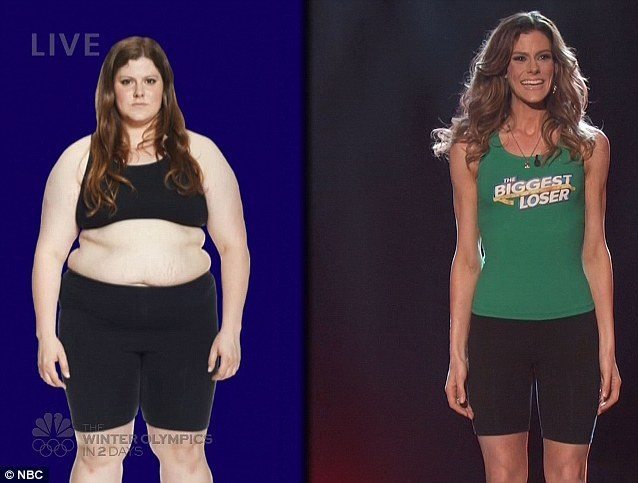


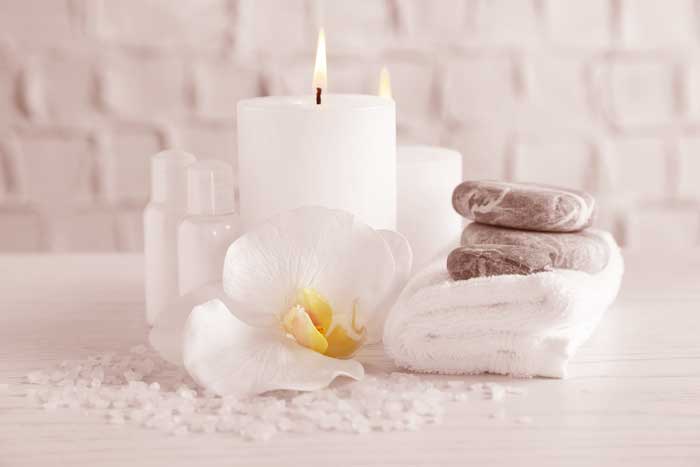
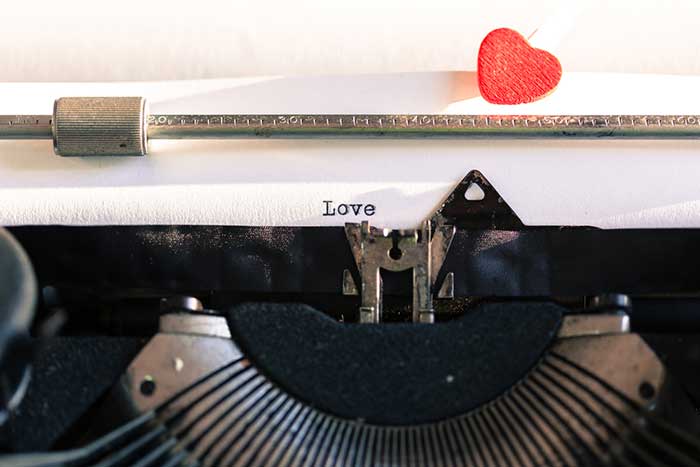
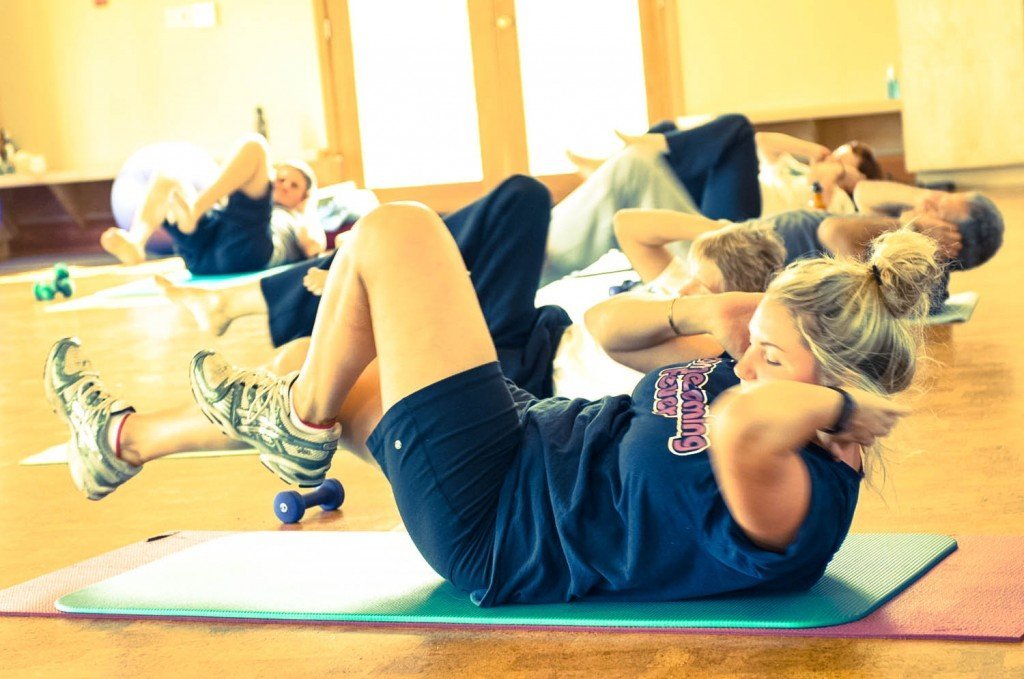 Trends, unlike fads, are cultural flows or tendencies. Fads pass and often with nothing more than surface style or quick money in mind.
Trends, unlike fads, are cultural flows or tendencies. Fads pass and often with nothing more than surface style or quick money in mind.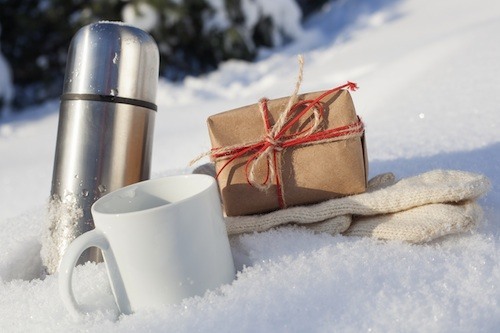 It can sometimes be a challenge to get that special someone just the right gift, never mind a gift that promotes well being! We’ve thrown together a few gift ideas that are easy to incorporate into your healthy lifestyle. These are sure to inspire your loved ones to embrace wellness too.
It can sometimes be a challenge to get that special someone just the right gift, never mind a gift that promotes well being! We’ve thrown together a few gift ideas that are easy to incorporate into your healthy lifestyle. These are sure to inspire your loved ones to embrace wellness too.
